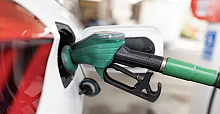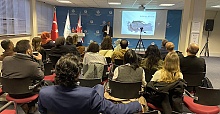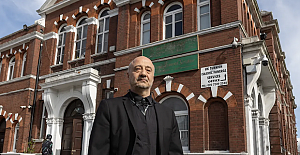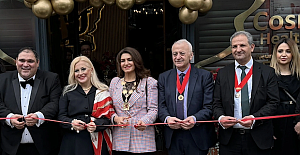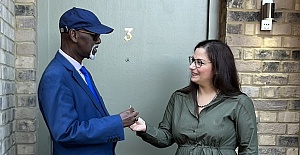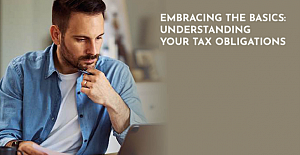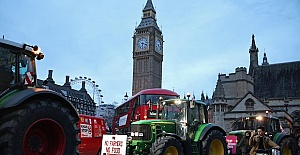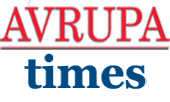A useful briefing from the European Movement about the European Union’s Common Agricultural Policy, which has shrunk from about 70% of the EU budget in 1985 to about 30% today
Agriculture is the only sector entirely funded from the EU budget, imposing no further burden on national budgets. In 1985 70% of the EU budget was spent on agriculture. In the next EU budget CAP expenditure will represent about 30% of the EU budget (this decrease has taken place despite the EU having gone from 10 members in 1985 to 28 members today). CAP has been continuously reformed since 1992, with financial assistance no longer linked to production and moving towards income-support for farmers and projects to stimulate economic activity in rural areas. There are 13.7 million full time farmers in the EU with an average farm size of 12 hectares (the US has just 2 million farmers and an average size of 180 hectares). The farming and food sectors together provide 7% of all jobs in the EU. The average EU farmer receives in public support less than half of what the average US farmer receives.
British farmers received about £3.3 billion pounds in assistance from CAP in 2007-2011. 418.530 jobs in the UK depend on the farm sector. The CAP costs each EU citizen approximately €0.30 per day and represents less than 1% of all public expenditure of all EU Member States combined. According to the European Anti-Fraud Office (OLAF), fraud accounted on average to only 0.02% of the CAP’s budget in the period from 2006 to 2012. 20% of CAP goes to helping farmers modernise their farms and become more competitive while protecting the environment and helping rural communities.
EU food standards are the highest in the world and provide EU consumers with safer and better food. Over 1.000 foods carry an EU quality logo. Imported products must meet the same standards as foods produced by EU farmers. The CAP helps provide a secure supply of affordable food. The average EU household devotes 15% of its budget to food, half as much as in 1960.
90% of CAP payments to EU farmers are classed by the WTO as non-trade-distorting. The EU absorbs 71% of the farm exports of developing countries (worth around €59bn in 2008-10). This is more than the other five major importers combined (the US, Japan, Canada, Australia and New Zealand). In 1991 the EU spent €10bn a year on export subsidies; in 2011 it spent just €160m. The EU has committed to eliminating export subsidies altogether by 2013, provided other developed countries commit to do the same.


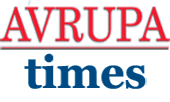
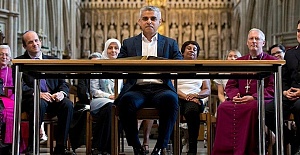 The candidates vying to be the next London mayor
The candidates vying to be the next London mayor Enfield Council commits to anti-racism and diversity pledge
Enfield Council commits to anti-racism and diversity pledge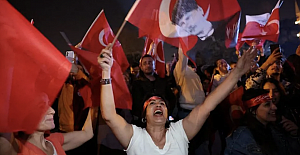 President Erdogan promised supporters his party would learn its lessons from the defeat
President Erdogan promised supporters his party would learn its lessons from the defeat Mayor of London and London Assembly elections
Mayor of London and London Assembly elections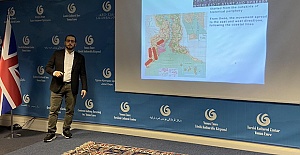 A Century of Urban Transformation, Istanbul’s Evolution
A Century of Urban Transformation, Istanbul’s Evolution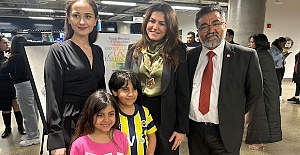 Future Painters Exhibition at Tottenham Hotspur Stadium
Future Painters Exhibition at Tottenham Hotspur Stadium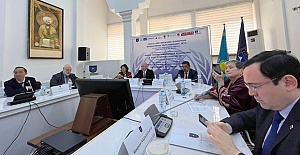 Models of Teaching International Journalism for Sustainable Development
Models of Teaching International Journalism for Sustainable Development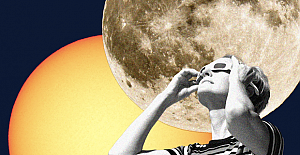 UK and US scientists have been working on eclipse observations
UK and US scientists have been working on eclipse observations English Premier League leaders Arsenal will visit title contenders
English Premier League leaders Arsenal will visit title contenders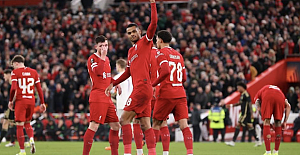 Liverpool meet Atalanta and West Ham face Bayer Leverkusen
Liverpool meet Atalanta and West Ham face Bayer Leverkusen Arsenal face Bayern Munich and Manchester City play Real Madrid
Arsenal face Bayern Munich and Manchester City play Real Madrid UK Transfer deadline day, the transfer window closes tonight
UK Transfer deadline day, the transfer window closes tonight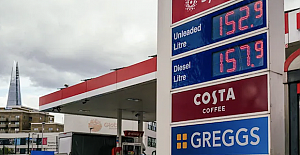 Petrol prices on UK forecourts hit 150p a litre
Petrol prices on UK forecourts hit 150p a litre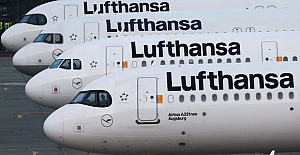 Europe's travel strikes: Flight and train disruption you can expect in April
Europe's travel strikes: Flight and train disruption you can expect in April Enfield Council website achieves digital inclusion recognition
Enfield Council website achieves digital inclusion recognition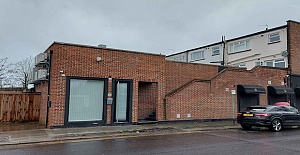 Enfield Council’s Planning Enforcement team goes from strength to strength
Enfield Council’s Planning Enforcement team goes from strength to strength
